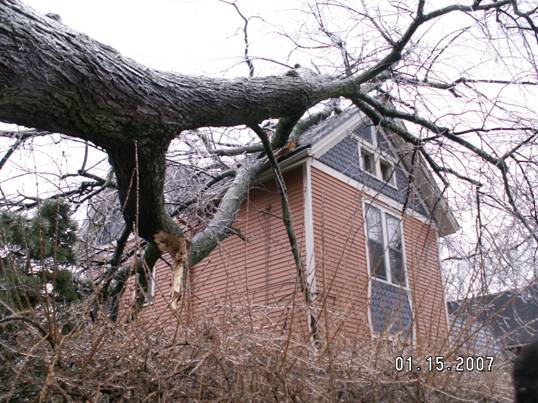
Fiscal Year 2020 began on October 1, 2019. In December Congress adopted funding bills (appropriations) for the full fiscal year – which ends next September.
APHIS
In its Agriculture Appropriations bill, Congress is holding steady or increasing funding for several APHIS programs that are important for addressing tree-killing pests:
- tree and wood pests program – $60 million (this is the same as FY2019, and $4 million above the Administration’s request);
- Pest Detection – $27.4 million (this is same as FY219 and as the Administration’s request);
- Methods development – $20.686 million (about the same as in FY2019 and the Administration’s request).
- Specialty crops program – increased to $192.013 million. The accompanying report mentions two specific organisms as priorities – navel orangeworm and sudden oak death (apparently in response to an Oregon economic study and because Sen. Merkley is on the Appropriations Committee). This was above the $186 million in both the House and Senate bills and considerably above the Administration’s request of $176 million.
The Agriculture Appropriations bill reiterates helpful language from past laws authorizing the Secretary of Agriculture “to transfer … funds available to … the Department [of Agriculture] such sums as may be deemed necessary” to respond to disease or pest emergencies that threaten any segment of the U.S. agricultural production industry. However, for the past decade the Office of Management and Budget has prevented frequent use of this power. APHIS did receive emergency funds to address the spotted lanternfly in February 2018 (APHIS Press Release No. 0031.18)
(You might remember that in 2017-2018 I put forward amendments to the Farm Bill that would have broadened APHIS’ access to emergency funds. I sought especially to ensure that efforts to protect native vegetation and urban trees would be eligible for funding. Unfortunately, this amendment was not enacted.)
USDA Forest Service
The overall Research and Development program is funded at $305 million – a few million above what I advocated for. Of this total, $77 million is allocated to the Forest Inventory and Analysis program. In the past, research on invasive species has received about 10% of the total research funds. The USFS has been directed by Congress to restructure its research program. I will monitor any changes and determine the implications for invasive species concerns.
USFS engagement on pest issues with other federal agencies and state, local government, and private land managers is carried out through the Forest Health Management program under the State and Private Forestry division. While neither the appropriations legislation nor the accompanying report provides any direction on forest health activities, program staff report that funding for the overall program totals $104 million – about $6 million more than in FY2019. Program work on federal lands is funded at $66 million. However, $3 million has been deducted as part of a budget reform. After the deduction, this allocation is about $7 million above the funding level for FY 2019. Program work on non-federal “cooperative” lands is funded at $44 million. Congress has instructed that $2 million of this total be given to the eastern states’ forest health monitoring cooperative. The total “cooperative” lands allocation is $2 million above the FY2019 allocation.
Conclusion
I am very pleased by Congress maintaining or increasing funds for APHIS’ forestry programs. I am somewhat concerned by the pressure to reform USFS programs. I worry especially about the increasing focus on managing pests on federal lands compared to non-federal lands because nearly all damaging invasions begin on non-federal lands.

Ann Arbor, MI
photo provided courtesy of former mayor John Hieftje
Posted by Faith Campbell
We welcome comments that supplement or correct factual information, suggest new approaches, or promote thoughtful consideration. We post comments that disagree with us — but not those we judge to be not civil or inflammatory.